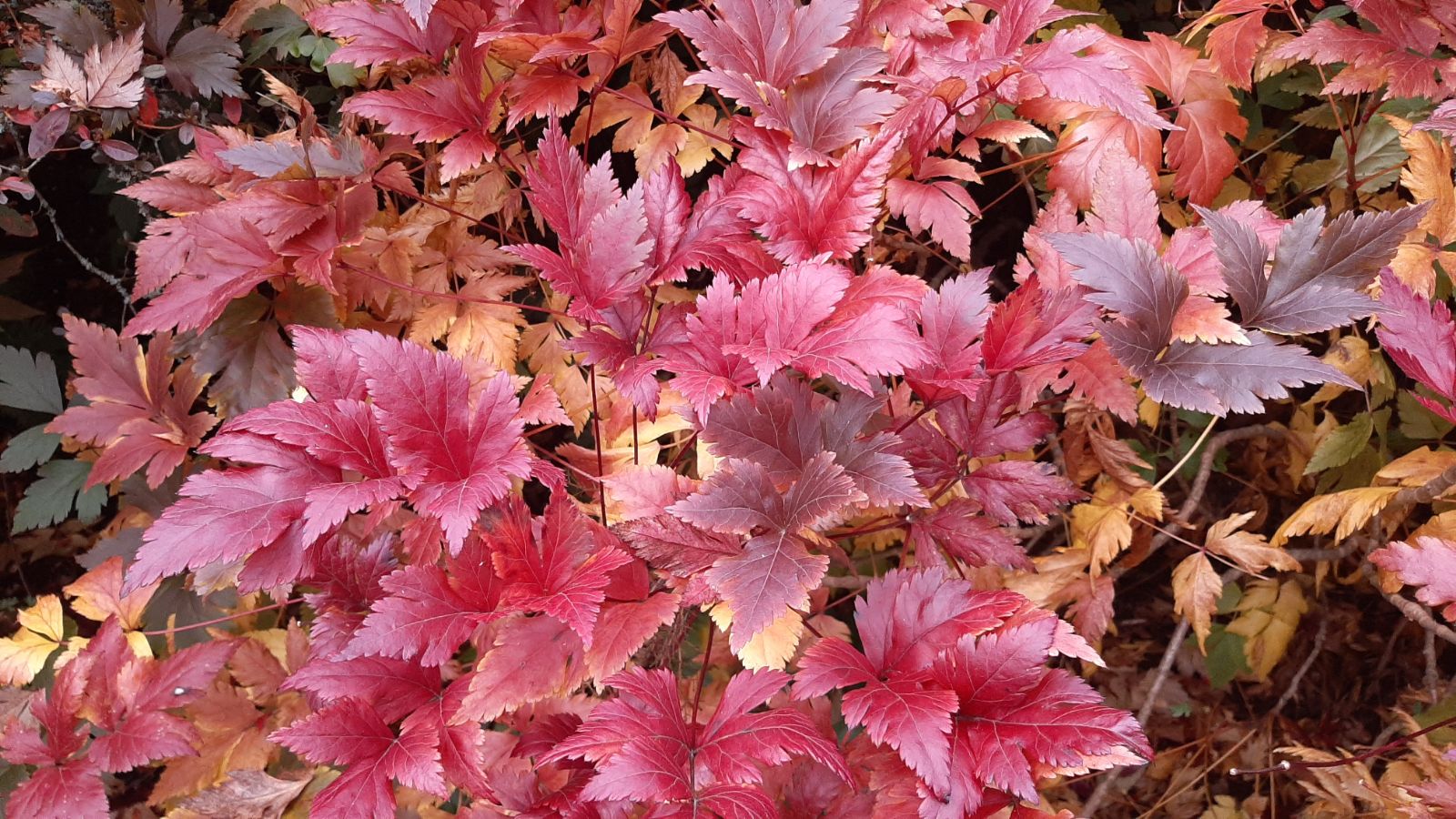Xanthorhiza simplicissima
Credits
Article from Bean's Trees and Shrubs Hardy in the British Isles
Recommended citation
'Xanthorhiza simplicissima' from the website Trees and Shrubs Online (treesandshrubsonline.
Other taxa in genus
A deciduous shrub with creeping roots and erect stems from 1 to 2 ft high. The handsome leaves are pinnate, consisting of three or five stalkless leaflets which are themselves deeply and irregularly toothed, 1 to 3 in. long, the basal pair two- or three-lobed. The naked base of the main leaf-stalk varies from 3 to 6 in. in length. Flowers produced in March and April, along with the young leaves in a cluster of more or less drooping panicles 3 to 5 in. long; individually the flowers are very small (1⁄8 to 1⁄4 in. wide), lurid purple, petals five, triangular, pointed. Bot. Mag., t. 1736.
This interesting little shrub is a native of the eastern United States, where it extends from Pennsylvania to Florida, being most abundant in Virginia and N. Carolina; introduced to England about 1776, but, on account of its lack of any striking beauty of flower, has never become common. The foliage, however, is attractive, and the flowers are amongst the first to appear in spring. Easily increased by division in February. Spreading freely by suckers it makes a good ground cover in damp, semi-shaded places. It has also been used as a game-covert.


